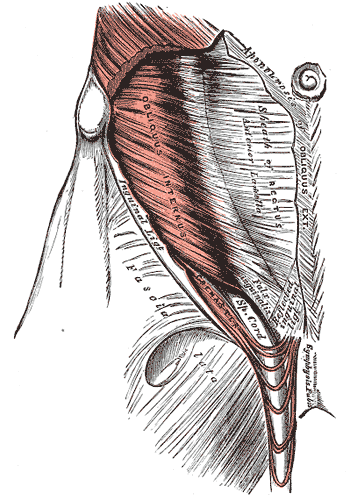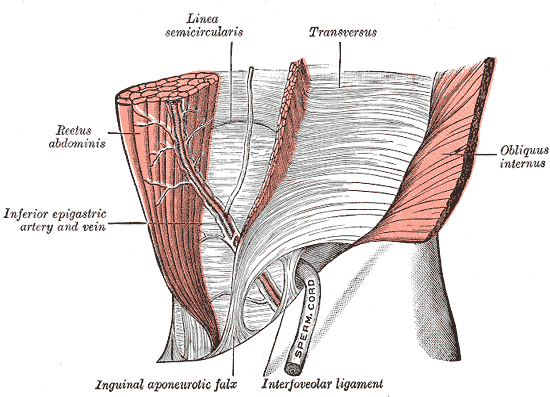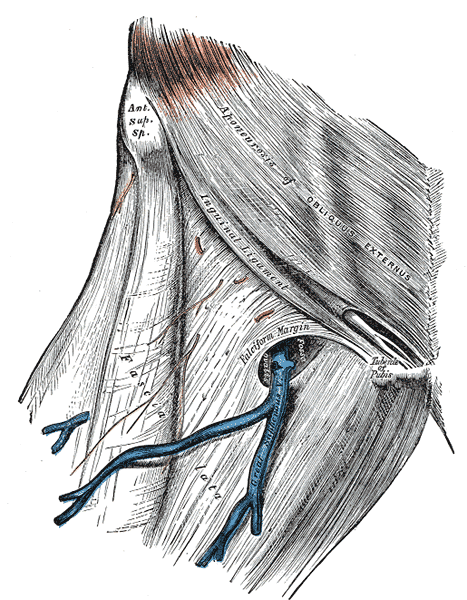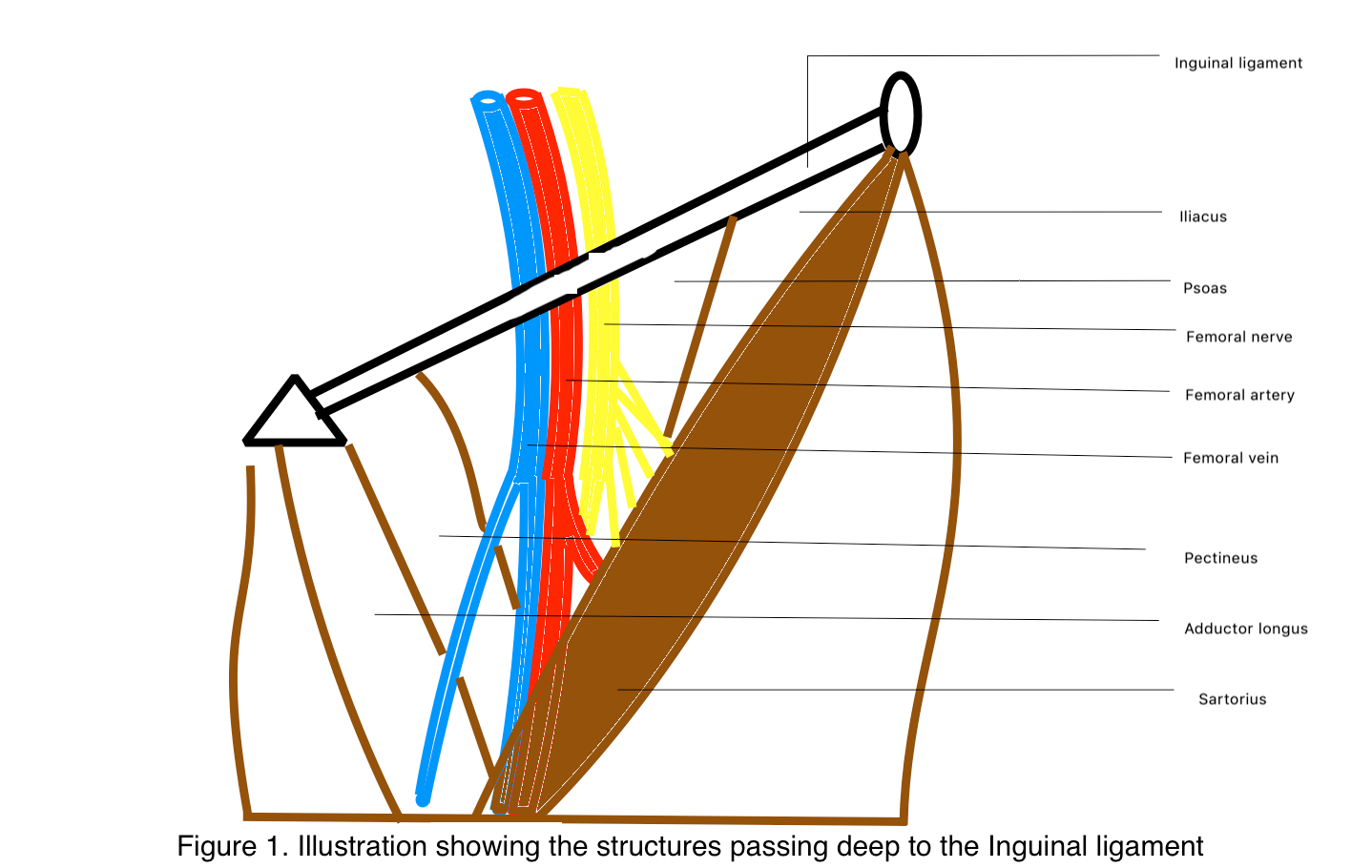[1]
Gnanadev R, Iwanaga J, Oskouian RJ, Loukas M, Tubbs RS. Henle's Ligament: A Comprehensive Review of Its Anatomy and Terminology over Almost One and a Half Centuries. Cureus. 2018 Sep 26:10(9):e3366. doi: 10.7759/cureus.3366. Epub 2018 Sep 26
[PubMed PMID: 30510876]
[2]
Paajanen H, Hermunen H, Ristolainen L, Branci S. Long-standing groin pain in contact sports: a prospective case-control and MRI study. BMJ open sport & exercise medicine. 2019:5(1):e000507. doi: 10.1136/bmjsem-2018-000507. Epub 2019 Mar 19
[PubMed PMID: 31191965]
Level 2 (mid-level) evidence
[4]
Campanelli G. Pubic inguinal pain syndrome: the so-called sports hernia. Hernia : the journal of hernias and abdominal wall surgery. 2010 Feb:14(1):1-4. doi: 10.1007/s10029-009-0610-2. Epub 2010 Jan 6
[PubMed PMID: 20052510]
[5]
Sen T, Ugurlu C, Kulacoglu H, Elhan A. Falx inguinalis: a forgotten structure. ANZ journal of surgery. 2011 Mar:81(3):112-3. doi: 10.1111/j.1445-2197.2010.05653.x. Epub
[PubMed PMID: 21342379]
[6]
Drew MK, Osmotherly PG, Chiarelli PE. Imaging and clinical tests for the diagnosis of long-standing groin pain in athletes. A systematic review. Physical therapy in sport : official journal of the Association of Chartered Physiotherapists in Sports Medicine. 2014 May:15(2):124-9. doi: 10.1016/j.ptsp.2013.11.002. Epub 2013 Nov 15
[PubMed PMID: 24529632]
Level 1 (high-level) evidence
[7]
Ramanathan S, Palaniappan Y, Sheikh A, Ryan J, Kielar A. Crossing the canal: Looking beyond hernias - Spectrum of common, uncommon and atypical pathologies in the inguinal canal. Clinical imaging. 2017 Mar-Apr:42():7-18. doi: 10.1016/j.clinimag.2016.11.004. Epub 2016 Nov 5
[PubMed PMID: 27865126]
[8]
Read T, Maguire E. Bugosa hernia: a hernia of the conjoint tendon. ANZ journal of surgery. 2013 Apr:83(4):296. doi: 10.1111/ans.12088. Epub
[PubMed PMID: 23556495]
[9]
Paksoy M, Sekmen Ü. Sportsman hernia; the review of current diagnosis and treatment modalities. Ulusal cerrahi dergisi. 2016:32(2):122-9. doi: 10.5152/UCD.2015.3132. Epub 2015 Aug 18
[PubMed PMID: 27436937]
[10]
Piozzi GN, Cirelli R, Salati I, Maino MEM, Leopaldi E, Lenna G, Combi F, Sansonetti GM. Laparoscopic Approach to Inguinal Disruption in Athletes: a Retrospective 13-Year Analysis of 198 Patients in a Single-Surgeon Setting. Sports medicine - open. 2019 Jun 24:5(1):25. doi: 10.1186/s40798-019-0201-4. Epub 2019 Jun 24
[PubMed PMID: 31236737]
Level 2 (mid-level) evidence
[11]
Joesting DR. Diagnosis and treatment of sportsman's hernia. Current sports medicine reports. 2002 Apr:1(2):121-4
[PubMed PMID: 12831721]



